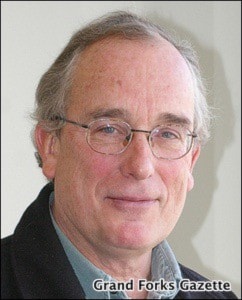Our relationship with other species is convoluted.
On the one hand, we revere wild animals and go to great lengths to preserve them and their habitat, and on the other, we raise domestic animals in the millions, often in habitats that are appalling, and then kill, eat, and wear them.
Add to that our habit of taking creatures out of the wild and confining them in zoos while taking the wild out of some – our beloved cats and dogs – in order to raise them as household companions, and you have a confusing array of attitudes and relationships that are contradictory and defy understanding.
We even fight amongst ourselves over the contradictions in those relationships.
Deer in the city is a prime example. What is not to love about deer? They are athletic, graceful, cute – especially the fawns which always remind us Disney’s precious and adorable Bambi.
In the winter, when they stumble through the snow and appear so thin and vulnerable, who can resist the temptation of helping them survive the freezing temperatures with a little extra food?
Of course, in the spring and summer, they eat garden vegetables and ornamental plants, and cover yards, school grounds and playing fields with animal waste. And they cause tens of thousands of dollars in damage to automobiles when they leap onto roads and highways, their suicidal collisions with cars and trucks leaving both young and old witnesses to their death traumatized.
Still, it is so rewarding to see them come every day to be fed.
Those in Grand Forks who have vowed to fight any attempt to restrict their feeding of the deer have weighed the consequences and determined that the comfort they afford the animals outweighs the damage done to somebody’s cedar bushes, lettuce crop or Toyota.
Those angry over deer feeding are equally convinced that wild animals survive perfectly well in the wild – hence the name, wild animals – and are better off foraging elsewhere, away from their painstakingly nurtured gardens.
Indeed, the wild is wild. Life is short and brutal in the boreal forest. Sudden cold snaps, blizzards, floods, wind storms, forest fires, all take their toll on wildlife. We just don’t see the damage.
The food chain is an unforgiving reality. Most animals are potential food for other animals and the predators are always hungry.
That is not to say the human interference with the natural order of things somehow improves the lives of the animals.
Well meaning people often feed wild animals food that is inappropriate or harmful. Encouraging them to congregate in large groups encourages the transmission of disease.
We confuse our delight at being close to wild animals with their reaction, imagining that the animals too are delighted, grateful and appreciative. In fact, they are just opportunistic.
As the deer debate heats up, it will be interesting to see whether the attitudes and actions of the human debaters model more closely the behaviour of animals in the wild, or those of creatures long since domesticated. I suspect there will be a little of both.
– Jim Holtz is Weekender columnist and former reporter for the Grand Forks Gazette
